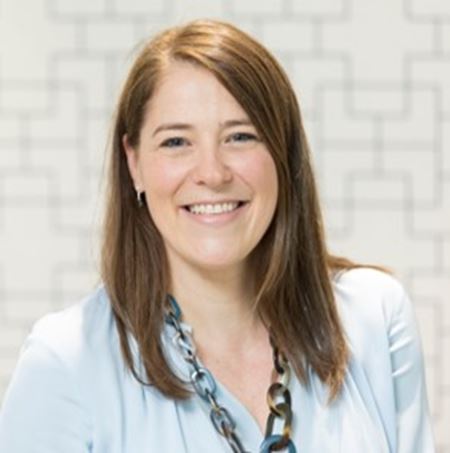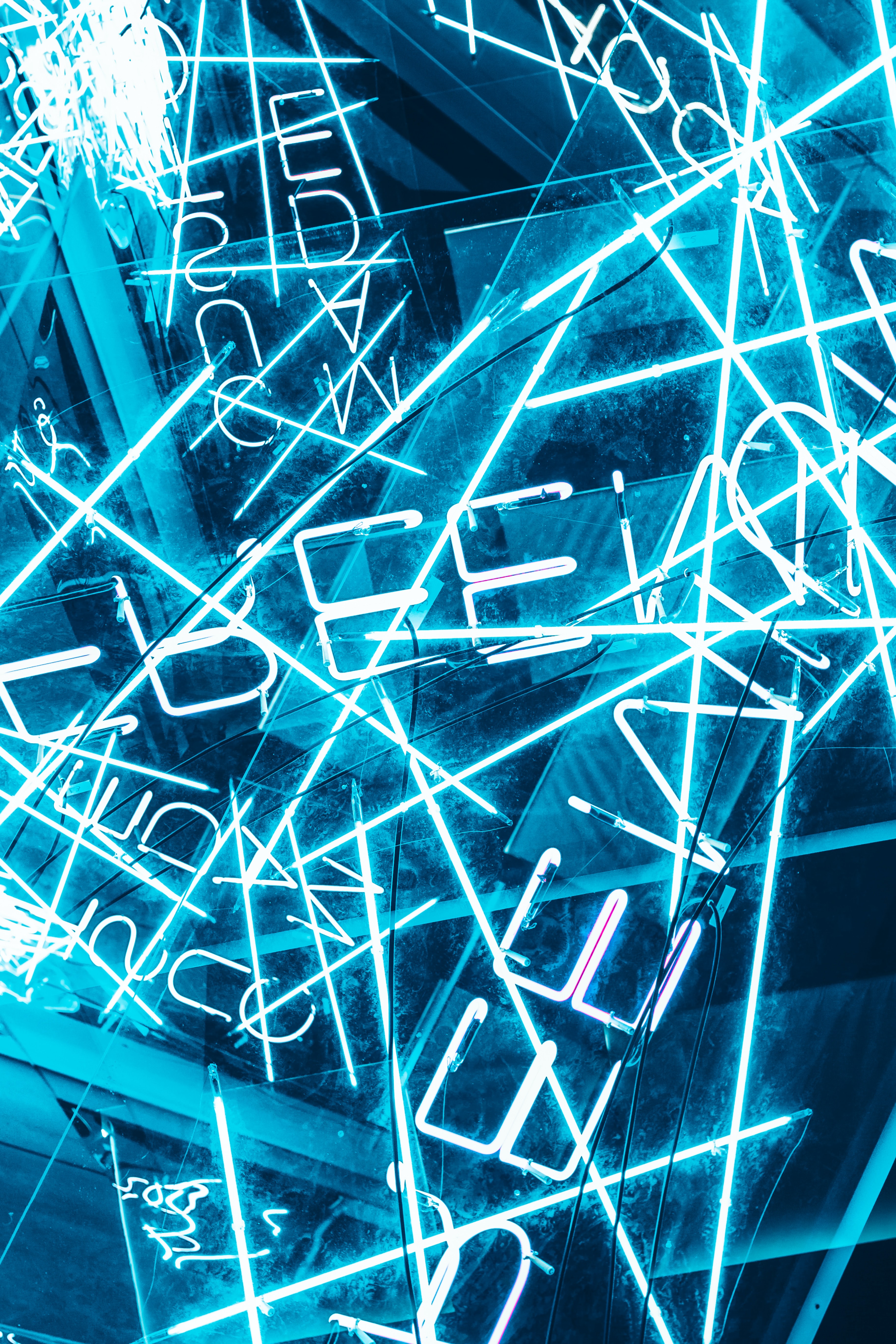Managing Agricultural Impacts Is at the Heart of Nestlé’s Net Zero Journey
Managing Agricultural Impacts Is at the Heart of Nestlé’s Net Zero Journey

From Promise to Action on Net Zero is a series of research publications, interviews, and events exploring how companies are translating net zero emissions goals into practice. This interview presents one of our discussions with senior executives responsible for delivering their companies’ climate ambitions.
EDF Group, headquartered in France, is a leader in nuclear energy production, and is also the largest renewable electricity producer in Europe, making the utility a global leader in decarbonization of energy systems. EDF makes use of all available decarbonized energy sources including nuclear, hydro, wind, sun, and biomass to supply clean and affordable electricity, and the company has committed to achieving carbon neutrality by 2050. EDF will achieve this goal by pursuing three types of action: reaching net zero in direct CO2 emissions, reducing indirect CO2 emissions to a minimum, and offsetting residual emissions with negative emission projects.
Aiste Brackley, Head of Research & Insights at the SustainAbility Institute by ERM, spoke with Carine de Boissezon, Chief Sustainability Officer for EDF, about how EDF is using its mission statement as the foundation to transition to a new energy model that will address the climate crisis by lowering its carbon footprint and lessen its impact on the environment while delivering cost-effective clean energy to its customers.
Aiste Brackley: What was the main driver for your net zero target?
Carine de Boissezon: The main driver for committing to a net zero goal for EDF Group was to deliver on our purpose as a company. We recently went through the process of including our corporate mission statement, what we call raison d’être, in our bylaws. This was voted on and confirmed at our Annual General Meeting by 99.99 percent of the company’s shareholders. When we did this, we looked at a law in France called Loi PACTE, which encourages companies to expand their focus beyond short-term profits and to seek greater integration of environmental, social, and governance (ESG) principles.
EDF’s mission has always been focused on providing affordable and reliable electricity to our customers. Thanks to our energy mix, which comprises 90 percent low carbon energy production, EDF has been able to achieve a carbon intensity of 51g/KWh in 2020, which is five times lower than the average in Europe.

As a company, we realize that many environmental and social issues face a high degree of urgency. In recognition of that, our mission has four core pillars: carbon neutrality, protection of the planet, wellbeing, and development.
Once we defined our new mission with the four pillars and all the working streams in our strategic roadmap, it became clear that carbon neutrality will be key to delivering on our purpose as a company.
What is the process you went through to identify and prioritize the steps you need to take to deliver your net zero goal?
It is very important to understand the data and be able to explain it to others in a way that makes sense. Carbon footprint data can be very complex, especially in Scope 3.
It is also critical to make sure that all key internal stakeholders – the Board of Directors, business units, and our employees – understand the carbon footprint of the entire value chain. Stakeholders should understand that achieving net zero is more than just a goal to satisfy investors. It is meaningful for the future of the company as well.
At the start of our process to set a net zero goal, we spent a lot of time with the Executive Committee to make sure we were aligned on key definitions and what we wanted to achieve. Having the backing of your top management and ensuring that they share the same vision is key to success.
The next key step was to ensure that the heads of business departments and units at every level were on board and knew how to integrate related actions into their operational plans and mid- and long-term investment decisions.
Engaging employees and getting their input along the way is another crucial step. We use a game called Climate Collage invented by Cedric Ringenbach, which is based on 42 cards resulting from the IPCC's work. It will allow our 165,000 employees to have a good understanding of climate change, its consequences, and how they can contribute to the company’s net zero target.
What are the key solutions and priorities you will need to tackle in order to achieve net zero emissions?
Some of the challenges are related to our business model. Nuclear and renewable electricity generation represent the lion’s share of our operations. Nuclear currently comprises 76 percent of our production, providing flexible baseload electricity, which helps to decarbonize the French electric system at scale.
France has passed a law to cap the share of nuclear power generation in the country to 50 percent by 2035, with the other half being generated by other carbon-neutral technologies. We will need the right types of policies that trigger the right investment incentives to deliver on this vision while staying competitive.
Using the right technology for the right geography is what will guarantee success. For example, we launched our solar operations in France in 2017 with a goal to reach 30 percent market share by 2035. We are launching these operations after testing the competitiveness of solar in geographies like Chile, Brazil or the Middle East, where we had launched big scale projects, allowing us to offer more competitive prices.

We continue to invest in various electricity generation options and to look for ways to make the energy we supply more affordable. As we further expand our renewables operations, offshore wind, which has many cost advantages, is our next big frontier and floating offshore another area of technological breakthrough.
We are also starting to invest in hydrogen technology, with a focus on heavy industry and transportation, through a dedicated subsidiary focused on hydrogen and investments in a couple of start-ups.
Another major priority is upgrading the distribution networks. Their reliability and efficiency will be critical to ensuring energy transition and enabling electric mobility.
Companies are facing growing expectations to tackle emissions across their entire value chain. What is EDF’s approach to reducing Scope 3 carbon footprint?
The biggest part of Scope 3 for EDF is the sale of natural gas to our retail and business-to-business clients.
Many residential houses and commercial buildings continue to use gas for heating. Moving these customers to alternative energy sources will be an important part of the energy transition. Ensuring affordability to consumers while making the shift will be key. We have to educate our consumers on their own carbon footprint and why a transition to low carbon sources is important.
Subsidies and the right price for carbon will play an important role in sending the right investment signals for investing in the right technologies to deliver affordable, yet CO2-neutral options. The funding that is now spent to subsidize fossil fuels could be redirected to support low carbon solutions for consumers.
National regulations are also an important factor when it comes to speeding up transition to low carbon energy solutions in the countries where we operate. To reach carbon neutrality, EDF will be helped by the French government’s recently amended new building regulations that will stipulate for faster adoption of decarbonized energy sources.
Each country has a unique energy mix. Many countries that have significant coal consumption are presently transitioning to natural gas. However, transitioning from natural gas to carbon neutral sources will be a more difficult step, and when we defined our carbon neutrality ambition we spent a lot of time thinking about our role in the energy transition of these economies.
Looking ahead to 2050, what do you see as the key challenges that EDF and the private sector more broadly will need to overcome to achieve a net zero economy?
One of our challenges as a company will be moving from being an electricity company focused on selling the maximum number of kilowatt hours to a company that focuses on achieving carbon neutrality for our customers. This is what is needed to achieve a better quality of life, better products for our clients, and to protect the health of the planet.

Another challenge is the role of nuclear energy as a competitive means of production with the ability to deliver on carbon neutrality at scale and its ability to operate as a flexible and reliable baseload for the integration and scale-up of intermittent renewables. There is also the challenge of securing acceptance from the public, which impacts many new developments.
There is no way of producing energy that has only benefits. It’s a matter of weighing the risk and reward, and the costs and benefits of each option.
Finally, finding a model of society which is consistent with the planetary boundaries is the biggest challenge that we all need to solve. The choices that consumers make will be critical to this. For us at EDF, success will depend on how effectively we connect with our customers and on whether they are as heavily invested in net zero future as we are, without feeling that they have to give up too much to achieve it.


Managing Agricultural Impacts Is at the Heart of Nestlé’s Net Zero Journey

Unilever Partners with Suppliers and Consumers to Deliver Net Zero Ambition

A bold long-term vision for a low carbon future